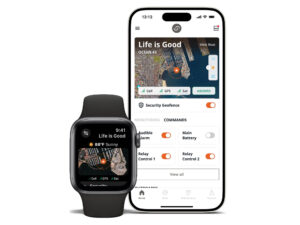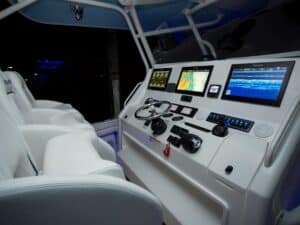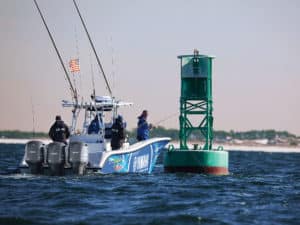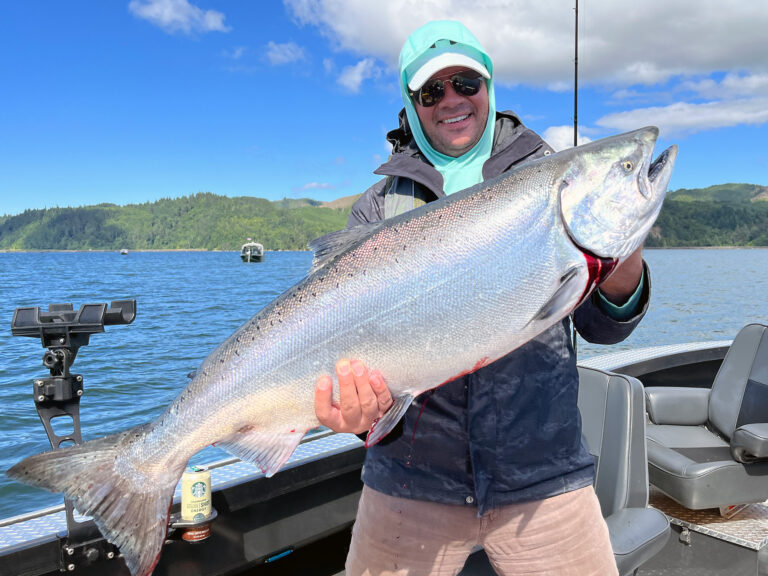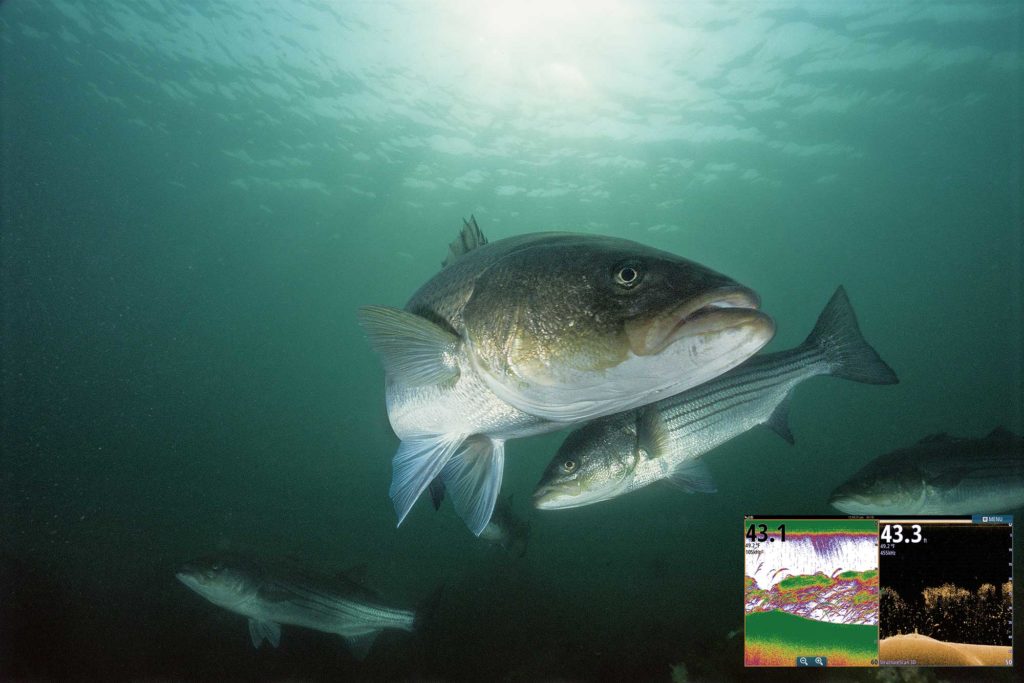
Technology creates a tug of war among generations — whether we’re talking smartphones or marine electronics. Old Salts often prefer traditional fish finders with 50/200 kHz transducers: the better to see a bright-red fish blob. Younger anglers gravitate toward new innovations, from chirp to imaging to live sonar.
When it comes to identifying game fish and bait on fish-finder screens, however, that mostly boils down to experience. Score one for the Old Salts. For now.
Imaging sonar and live feeds — under the right circumstances — can show anglers almost snapshot-quality returns good enough to identify species. A tarpon really looks like a tarpon. A bait school looks like bait. But before you shout “Eureka!” remember that this photolike fish ID happens only in near-perfect situations. Again, for now.
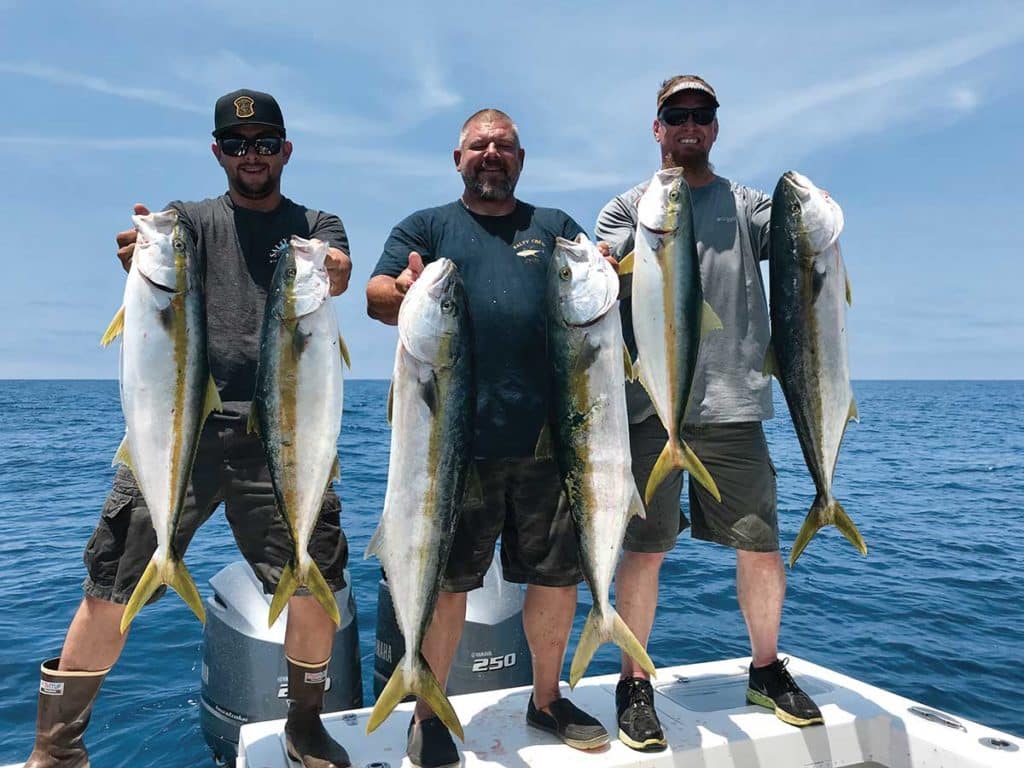
Study Tips
“The No. 1 thing is local knowledge. That’s what makes the difference. A fish finder doesn’t show the actual species of fish,” says Jeff Kauzlaric, Furuno advertising and communications manager. “For instance, with radar, you might see a target, but you don’t know if it’s a sailboat or a center-console. The size of the echo might give you a guess.”
A fish’s swim bladder and its bone density help define the size and shape of its echo. The fish’s behavior — how fast it swims and how it feeds — can change the echo.
“For instance, in the Columbia River, a sturgeon looks totally different than a chinook salmon,” Kauzlaric relates, based on his conversation with a Furuno guide in Oregon. “Sturgeon will be at an angle on the river floor, a larger target angled down. Chinook will be at midwater and with other fish.”
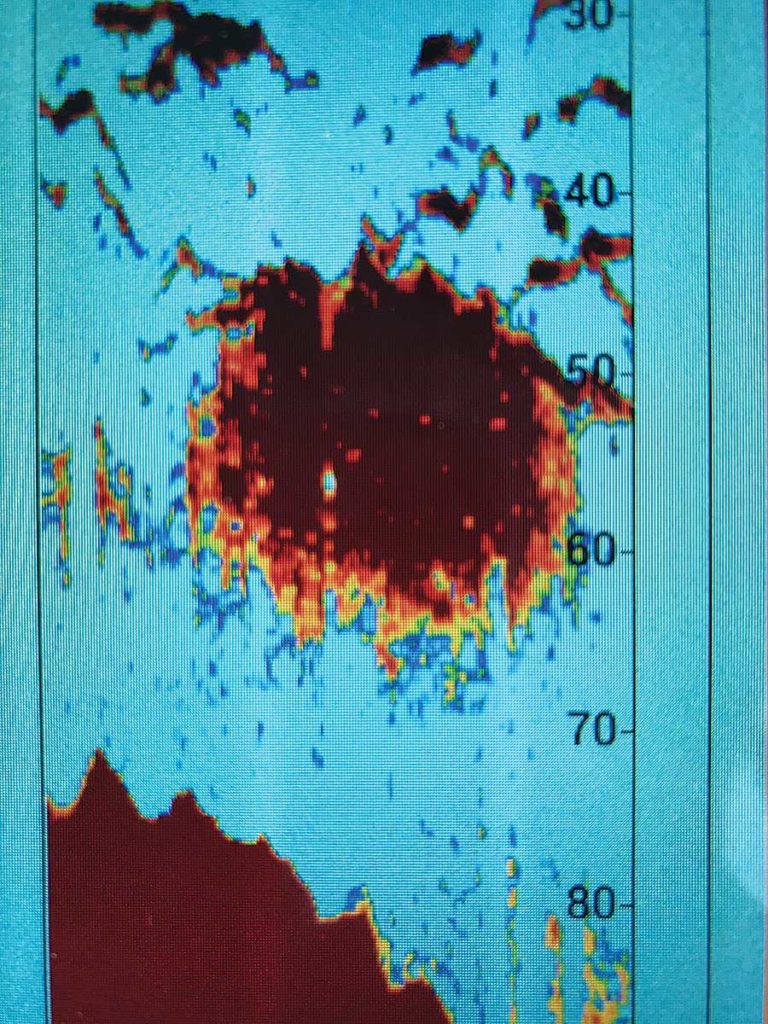
Kauzlaric suggests saving screen grabs of your display when you’re catching fish so you can study them later to see how your quarry translates to pixels. In most cases, taking a picture of your screen is an easy one- or two-button push (check your manual).
Southern California Furuno pro Capt. Duane Mellor, of Pinnacle Sportfishing, studies his TZtouch2 display — paired with a standard 50/200 kHz transducer — taking notes as his crew handles the deck. “Tuna mark really well on the sounder. They’re bigger on the front and taper off in the back. It depends on how you hit ’em [with the sonar beam]; they streak up or down. They elongate when they swim with you,” he says.
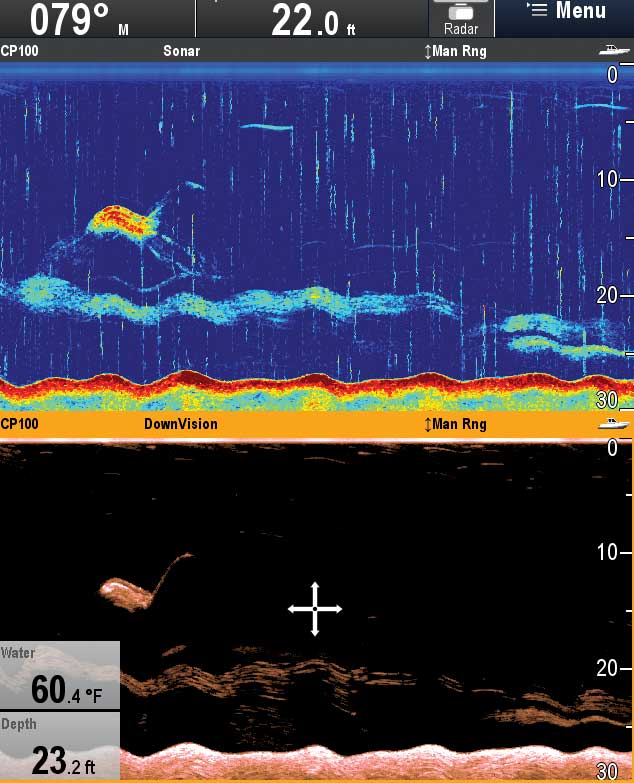
Chirp and Imaging
Raymarine pro Capt. Kirk Fay out of Long Island, New York, and tournament and Simrad pro Mark Maus out of Sarasota, Florida, use chirp and imaging sonar to add even more data to their research. “With chirp, I’m able to go to 3,000 feet of water and actually see and ID a swordfish,” says Maus, who uses NSO and NSS evo3 units with an Airmar B275 LHW transducer. The swords “make a long-looking mark on the screen.”
Trial and error have taught Maus what to look for, of course. But he prefers the crisper target-definition of chirp when it comes to picking out individual fish and their position in the water column.
With Simrad’s StructureScan, the thin sonar slice provides super-clear definition that can even distinguish fin shape. But that happens only when fish linger in the sonar beam and are not too far away from the boat. Fast-moving fish appear as dots or streaks.
Maus runs chirp and down-scan continuously offshore. His units can display up to four screens, so he’ll generally show a standard 50 or 200 kHz return on one panel, down-scan on a second, and chirp on a third.
Fay uses the same tactic on his Raymarine Axiom Pro, which he splits into four smaller windows for side-vision, down-vision, medium chirp, and 50 or 200 kHz traditional. “Yes, you can identify what’s under your boat. First you need to know what type of fish frequent the area you fish. Then you need to realize what type of fish should be around, based on the time of year you’re fishing,” he says. “Every now and then, you get a mark that can’t be mistaken for anything else.”
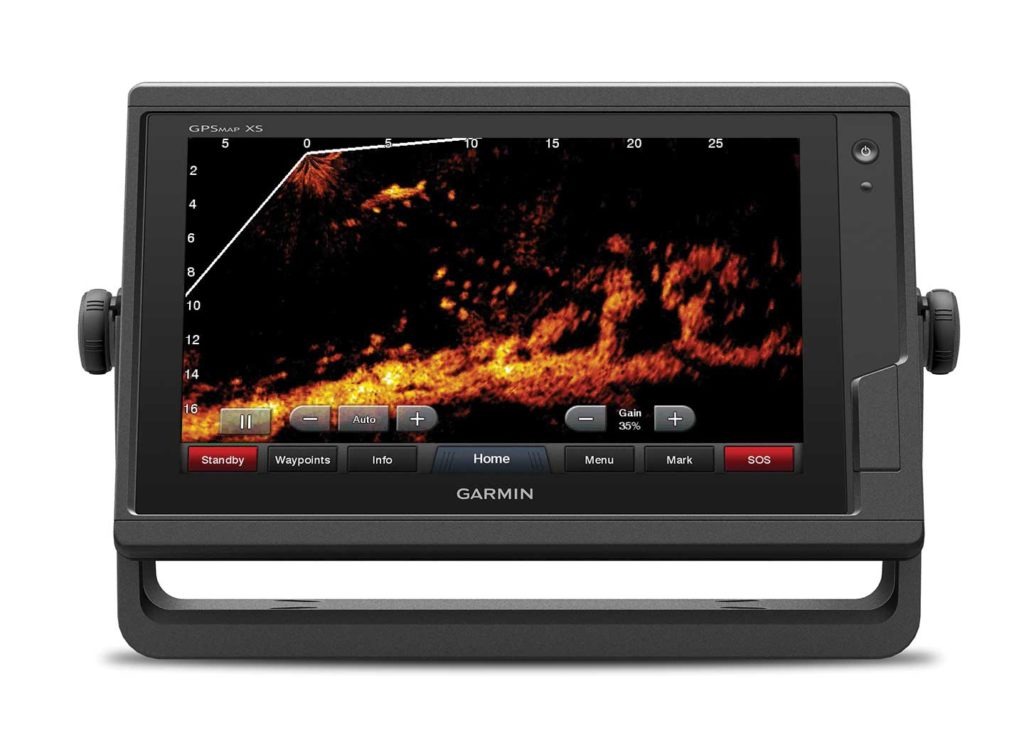
Real Time
But, what does the future hold for fish ID by sonar? Is determining a species by a glance at its sonar signature just pie in the sky? We might be several steps removed from that kind of instant identification, but technology is taking us closer.
“When we first came out with our GSD 26 chirp-sonar module, we got so many screenshots from captains who would go over billfish, and you could actually tell it was billfish,” Garmin’s David Dunn says. “Fast-forward to the high-res live sonar (such as Panoptix LiveScope), and you can really tell what the fish is.”
In testing LiveScope, Garmin captains recorded sonar of tarpon swimming around bait in shallow water with the boat still. Identifiable tarpon clearly swim through the sonar beam as if they’re being videotaped.
Read Next: Garmin Panoptix LiveScope On-Water Demo
“Our freshwater pros can tell if the fish are crappie or bass by the way the fish move because they’re seeing it live. They can tell by the way the fish are swimming, if they’re on the bottom; they can instantly tell by their patterns,” he says.
In addition, with transducers that mount to a trolling motor, freshwater and inshore saltwater anglers can point the sonar in any direction to find fish, potentially changing the angle and time the fish stays in the beam for clearer identification.
Maus says he’s anxious to try Simrad and Lowrance’s new LiveSight technology, a live, real-time sonar system introduced in October. “I think it’s going to change the game a lot,” he says. “I’m excited for it. I get to validate it.”


